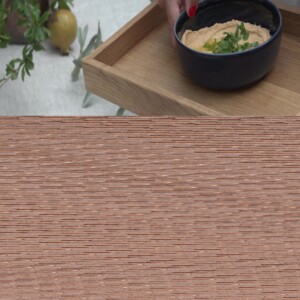A well-balanced, nutritious meal is typically brimming with a multitude of hues, particularly when incorporating fruits and vegetables. Frequently, we have inclinations towards foods of specific colours without being consciously aware. Chefs and culinary enthusiasts have long discerned the artistic potential of colours in their creations. The culinary landscape has borne witness to a revival of innovative dishes that play with colour contrasts, gradients, and artistic presentations. Molecular gastronomy, for instance, probes the fusion of science and aesthetics, employing techniques like spherification and foaming to craft visually enthralling dishes that captivate our senses. In the era of social media, the visual magnetism of food has assumed heightened significance. The Instagram-worthy nature of colourful, visually captivating dishes has spawned viral food trends. So, what do the colours of foods signify?
Origins of food colouration
Certain foods possess vibrant tints naturally, whilst others have colours introduced artificially. Both categories can elicit comparable sensations, yet the manner in which foods attain their appearances can diverge based on their production methods. Culinary artists and food scientists discern the psychological impact of colours on our taste perception and overall gastronomic experience. The incorporation of natural food colours elevates the visual allure of dishes and engenders expectations concerning flavours and nutritional value. The symbiosis between the chemical composition of natural pigments and our taste receptors further heightens our gustatory experiences.
Foods devoid of added colourants, such as fruits and vegetables, derive their shades from inherent pigments. These pigments are termed phytonutrients, and they can influence the plant’s visage and health benefits. They are the same pigments that influence leaf hues during autumn.
Here are a few pigments present in natural foods:
- Chlorophyll – Chlorophyll is what renders most plants green through the absorption of energy and sunlight via photosynthesis. Any edible green plants, like vegetables, fruits, and herbs, contain chlorophyll.
- Carotenoids – Carotenoids bestow red, orange, and yellow hues to plants, particularly fruits and vegetables. They are renowned for imparting the orange hue to carrots. These stable molecules help foods retain their colours even after cooking.
- Flavonoids – Flavonoids constitute a broad assortment of pigments that can generate an array of colours, including red, blue, purple, white, and yellow. They are segregated into two categories: anthocyanins and anthoxanthins. Anthocyanins produce deeper shades, while anthoxanthins yield brighter hues.
- Betalains – Betalains are less prevalent than the other pigments. They instigate colours like red, yellow, and purple, as evident in the purple tint of beets. Humans are incapable of digesting betalains, hence consuming fruits containing these pigments may alter the colour of one’s urine.”
Psychological impact of food colours
Our perception of taste commences not solely on our taste buds; it takes root in our eyes. Studies have demonstrated that the colour of food can sway our appetite and satiety levels. Warm hues like red and orange are believed to kindle appetite and encourage consumption, elucidating their prevalence in fast-food logos and settings. Conversely, cool shades like blue are associated with quelling appetite, rendering them a less frequent choice in culinary presentations.
Food colours also carry profound cultural and symbolic connotations. In numerous cultures, specific colours are intertwined with rituals, festivities, and emotions. For instance, the reds and greens of Christmas-themed foods evoke sentiments of joy and festivity. In Asian cuisines, the vivid red of chilli peppers isn’t merely a chromatic attribute; it signifies spiciness and imparts depth to the culinary experience.
The crossroads of colour and mood
The domain of colour psychology underscores the substantial impact of distinct colours on our emotions and moods. Red, often synonymous with passion and vigour, can evoke excitement and intensity. Yellow radiates warmth and elation, whilst blue evokes serenity and tranquillity. These emotional associations can transmute into our perception of food; a finely presented platter can evoke affirmative emotions and augment our dining gratification.
The interplay between colour perception and taste perception underscores the intricate interrelationship between our senses. Research posits that our brain can be swayed by the hue of food, modifying our perception of taste. For instance, participants in experiments have reported that beverages infused with added red hues tasted sweeter than identical beverages sans the colour infusion. This phenomenon underscores the synergy between visual and gustatory cues.
Processed foods
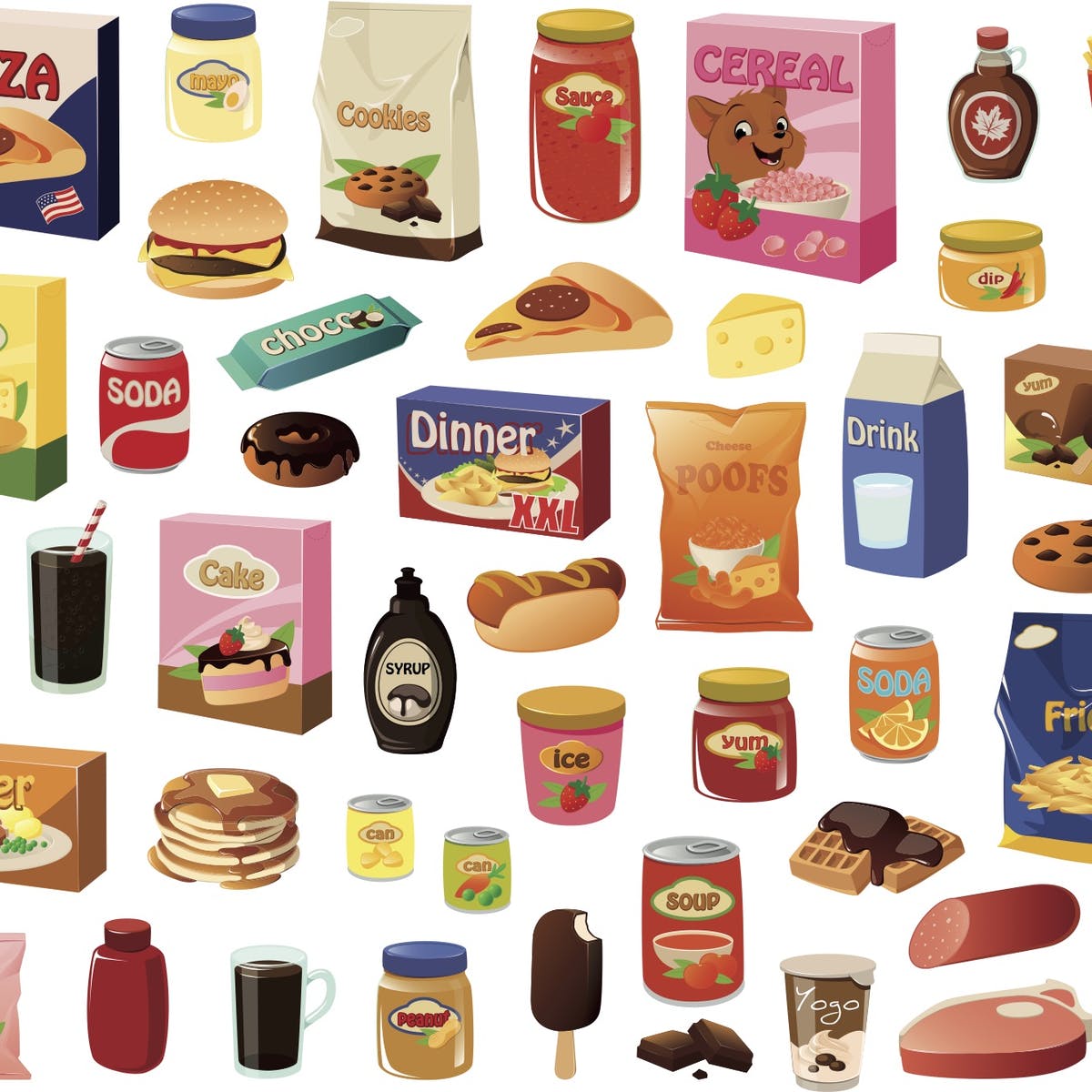
The majority of the foods we consume nowadays undergo processing. Foods subjected to extensive processing may contain excessive quantities of sodium and fat, although not all processed foods pose issues. One stage of food processing involves the introduction of dyes, which can modify the food’s colour.
Incorporating dyes into foods can heighten their flavour and extend their shelf life. Additionally, they can enhance the visual appeal of the food. For instance, pale or colourless foods might not be visually appealing to us, so rendering them with more vibrant hues can enhance their marketability, even if it has no impact on the taste.
Food isn’t merely a means of sustenance; it embodies a complex amalgamation of sensory experiences that engage our taste buds, sight, smell, and even emotions. One pivotal facet of this sensory interplay is the colour of our food. The palette of colours presented on our plates transcends mere aesthetics; it carries profound scientific and psychological implications. In this article, we shall delve into the captivating realm of food colours, unraveling the science underpinning them and comprehending how they influence our perceptions, appetites, and overall dining experiences.
Why is food colour significant?
In the nature of fruits and vegetables, vivid colours often indicate higher levels of vitamins, minerals, and antioxidants. Hence, colour can sometimes equate to nutritional value. However, concerning colours introduced during processing, their appearance does not influence their nutritional content. Instead, it primarily serves aesthetic purposes.
Although the presence of added colours may not necessarily denote healthier options, they can still hold significance for our dietary choices. We tend to make assumptions about the taste of foods based on their visual characteristics. Consider, for instance, coloured treats like gummy bears, jelly beans, and fruit snacks, which consistently correspond to specific flavours. An orange gummy bear is almost invariably orange-flavoured, while red ones typically denote cherry or strawberry. Even when encountering fruit snacks from a new brand, we are likely to predict the most appealing flavours based on their colours.
This mental association extends to other food items as well. We might evaluate the taste or freshness of a product based on its hue. If we are accustomed to a certain food having a particular colour, a different shade might diminish its allure. Some individuals adore orange juice, yet if presented with blue or green orange juice, they might exhibit reluctance to try it due to its departure from familiarity. Therefore, it’s understandable why companies frequently employ strategic food colouring.
What does the colour of your food mean?
Not only do we establish connections between foods and specific colours, but encountering those hues in foods might also evoke particular emotions. Here’s an exploration of the connotations associated with each food colour.
Red

The colour red is widely perceived as stimulating one’s appetite, which explains its prevalence in the logos of numerous fast food establishments. In the natural world, red frequently signifies maturity or sweetness. Furthermore, red is inherently attention-grabbing, making individuals more likely to be attracted to treats of this hue.
On a broader note, red embodies emotions of fervor, affection, and vitality. This is why Valentine’s Day confections frequently sport a red shade or incorporate crimson-hued ingredients such as red velvet cake, strawberries, and cherries.
Orange

The colour orange is emblematic of foods that provide both a sense of gratification and invigoration. This correlation is logical as orange signifies positivity, fervour, and youthful spirit. Similar to red, orange is an additional dynamic hue that can readily captivate someone’s focus.
Furthermore, the colour orange carries an association with the autumn season, making it a frequent presence in treats aligned with fall themes, such as candy corn and snacks infused with pumpkin flavours.
Yellow

The hue yellow embodies feelings of joy, hopefulness, and a positive outlook. This is why it frequently finds its place as a logo colour for food brands, often in conjunction with other lively shades like red. Foods with a yellow hue are generally linked with being wholesome.
Similar to the case of orange, naturally yellow foods are often beneficial for one’s well-being. Nevertheless, for some individuals, yellow can evoke thoughts of tartness due to its association with lemons. For instance, desserts bearing a yellow tint are frequently infused with a lemon flavour.
Green

The majority of individuals link green foods with authenticity and well-being. When people contemplate green foods, their minds often conjure up images of vegetables like lettuce, spinach, and broccoli. Nevertheless, certain companies may incorporate green food colouring to create the illusion of healthier choices.
Fruits and vegetables bearing a green hue tend to be rich in essential vitamins and minerals. The colour green is synonymous with growth, vitality, and security, reinforcing the notion that green foods are beneficial. Nevertheless, foods that are not inherently green but are presented in that colour might initially deter people, as depicted in the example of “Green Eggs and Ham,” a story by Dr. Seuss.
Blue

Blue tends to be the least appealing colour when it comes to food. Despite its popularity in clothing and artistic contexts, it rarely occurs naturally except in blueberries. While blueberries boast health benefits, most other blue-hued foods tend to suppress appetite due to the association of blue with the notion of spoilage. Additionally, blue food dye is notorious for leaving an enduring aftertaste, particularly noticeable after consuming popsicles or lollipops.
Nonetheless, owing to its aesthetic appeal, blue foods often showcase exceptionally well in photography. Even though individuals might exhibit hesitancy towards consuming blue edibles, they remain intrigued by them. This intrigue is driven by the fact that blue signifies relaxation, security, and trust. In certain dietary plans, the suggestion is to opt for a blue plate, potentially resulting in reduced food intake.
Purple

Purple is a colour that enjoys popularity in various contexts, yet its presence in the realm of food is comparatively limited. Several nourishing foods such as eggplants, grapes, and beets showcase a purple tinge, although this hue is not frequently encountered in the culinary realm. Additionally, the darker nature of purple makes it less prone to catching the eye when juxtaposed with the more prominent red, orange, and yellow foods.
The colour purple is emblematic of creativity, enigma, and regality. Foods naturally endowed with a purple hue tend to be healthful; however, the occurrence of purple in processed foods is relatively uncommon. Purple is often associated with grape flavouring, which happens to be one of the less favoured tastes.
Brown
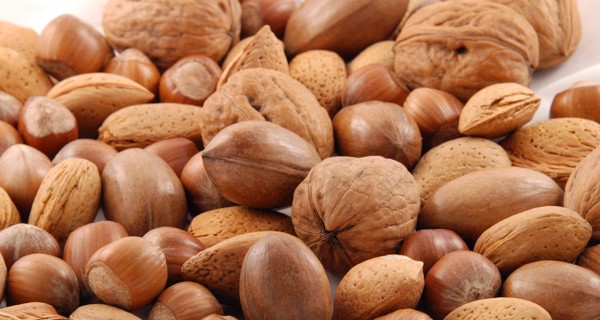
While brown may not draw immediate attention, it ranks among the prevailing hues in the realm of food. Bread, steak, chocolate, and potatoes exemplify a mere fraction of the brown-edged foods. The extensive assortment of brown foods renders them a pivotal component of our dietary landscape.
The hue brown signifies dependability, equilibrium, and solace. Consequently, terms like wellness and organic readily spring to mind when contemplating these foods. Their familiarity and allure persist, notwithstanding their seemingly uncomplicated nature.
White

Naturally occurring white foods are relatively scarce. Therefore, despite the connotations of purity, cleanliness, and flawlessness associated with the colour white, it isn’t considered an optimal choice for food presentation. White-hued foods are frequently perceived as less nutritious due to their tendency to undergo extensive processing.
Instances of healthful white foods include egg whites, poultry, and mushrooms. Nonetheless, these items typically do not captivate individuals based solely on their visual appeal.
Black
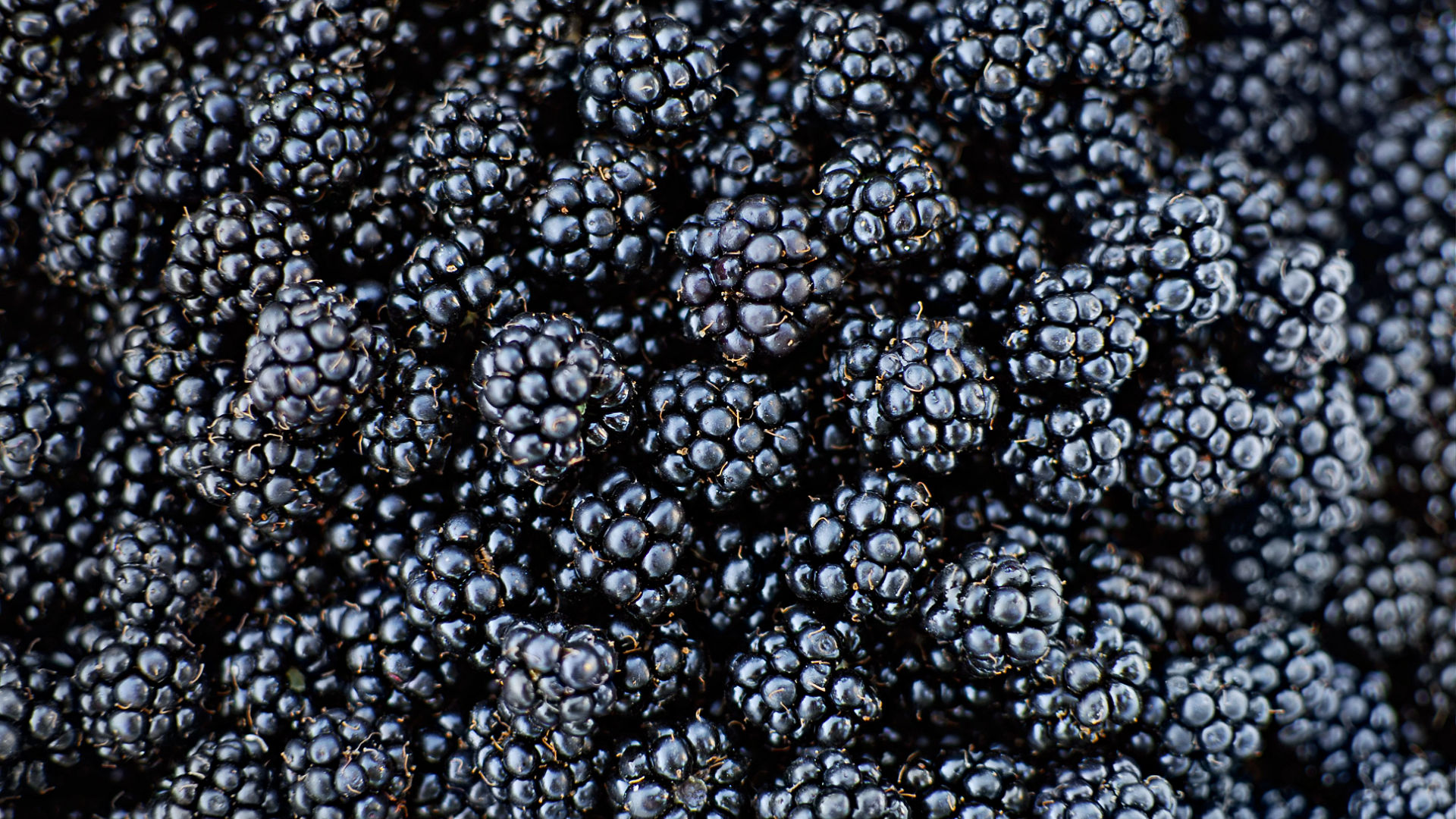
Scarcely do we encounter foods with a black hue, apart from instances like blackberries, black beans, and black licorice. Beyond these rare cases, black is typically associated with overcooking or charring in the context of food, which renders it an unattractive colour choice.
Normally, black conveys notions of authority, refinement, and refinement, but these broad interpretations do not seamlessly translate to the realm of food.
Is the colour of food packaging significant?
Numerous companies leverage the aforementioned colour connotations when crafting packaging and logos for food items. Particularly vibrant hues like red and yellow are favoured due to their heightened likelihood of capturing people’s attention. Certain brands opt for distinct colour palettes to distinguish themselves from competitors, aiding in their distinct visibility.
Here are a few instances of the messages conveyed by food packaging colours:
- Red – Provokes appetite and is easily noticeable
- Yellow – Symbolises positivity or signifies a cost-effective option
- Orange – Represents value or an enjoyable choice
- Blue – Conveys reliability and trustworthiness
- Green – Promotes healthiness or organic characteristics
- Purple – Indicates something distinctive and original
- White – Advocates simplicity and straightforward selections
- Brown – Conveys a sense of natural, organic attributes
- Black – Elicits a sense of opulence
- Pink – Advertises sugary and sweet edibles
The colours used in food packaging need not necessarily mirror those found in the food itself, as the packaging’s colour can evoke distinct emotions. An effective fusion of appropriately coloured food and packaging can notably enhance the marketability of products.
Varieties of colours for specific foods
Occasionally, the same type of food can exhibit multiple hues. In such instances, how do you make a choice? Unbeknownst to you, the meanings associated with different colours can subtly influence your decision-making. Here are a few illustrations.
Eggs

A diverse array of birds lay eggs with varying colours, and even among chickens, a spectrum of hues can be produced. While white and brown are the predominant colours found in supermarkets, the question arises: how do you determine which to select?
The disparity in egg colours is solely attributed to the breed of the chicken. Additionally, the earlobe colour of each individual chicken can foreshadow the hue of its eggs. There exists no evidence that one colour yields superior taste compared to another. However, white eggs are prevalent due to their perception as pristine and unblemished. Subsequently, brown eggs might appear more wholesome to consumers, even though this notion isn’t substantiated.
Potatoes

Variety of potato colours Red potatoes may possess a more striking appearance, yet brown potatoes tend to be more popular. This preference could stem from the familiarity associated with brown, the shade most commonly linked with potatoes. Moreover, brown potatoes tend to contain greater starch content, resulting in a fluffier texture when cooked. On the other hand, red potatoes are characterized by thin skin and a somewhat stickier consistency.
Therefore, the intended purpose of the potatoes can aid in selecting the suitable variety. While colour might influence our perception of potatoes, both shades offer nutritional value and delectability.
Bell peppers
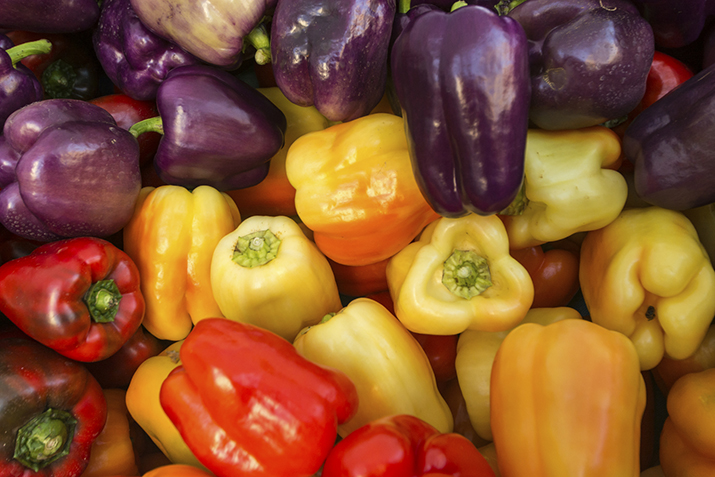
Bell peppers exhibit a diverse spectrum of colours, encompassing red, green, yellow, and orange. In the case of infrequent bell pepper consumption, preconceived notions regarding their colours might emerge. For instance, red peppers could be assumed to be spicy, while green ones are often associated with being the healthiest. In actuality, all bell peppers possess a sweet taste, although their colours can subtly influence their flavour.
Despite the prevailing notion that green signifies healthiness, it’s noteworthy that green peppers contain fewer nutrients due to their shorter growth cycle. Red and yellow bell peppers are essentially green peppers that have undergone a longer ripening process, rendering them sweeter and more nutritionally enriched.
Onions

Onions in varying colours In the United States, the majority of onions are either yellow or off-white, with pure white onions being less prevalent. At first glance, many individuals associate yellow onions with enhanced flavour, rendering them the more favoured option.
Contrary to this perception, white onions manifest a sharper taste, while yellow onions are comparatively milder. Additionally, yellow onions offer greater versatility and develop a sweeter profile when subjected to prolonged cooking. Thus, while yellow onions tend to dominate, personal preference comes into play. Some individuals favour red onions due to their slightly milder and sweeter taste when consumed raw.
Embracing a rainbow of colours in your diet
Adorning your plate with an array of colourful foods not only holds aesthetic allure but also contributes to your well-being. Naturally colourful foods, including fruits and vegetables, tend to be richer in nutrients the more vibrant their hues. Consequently, do not hesitate to introduce a diverse palette of colours into your meals. Chances are, such an approach will prove beneficial to your overall health.












